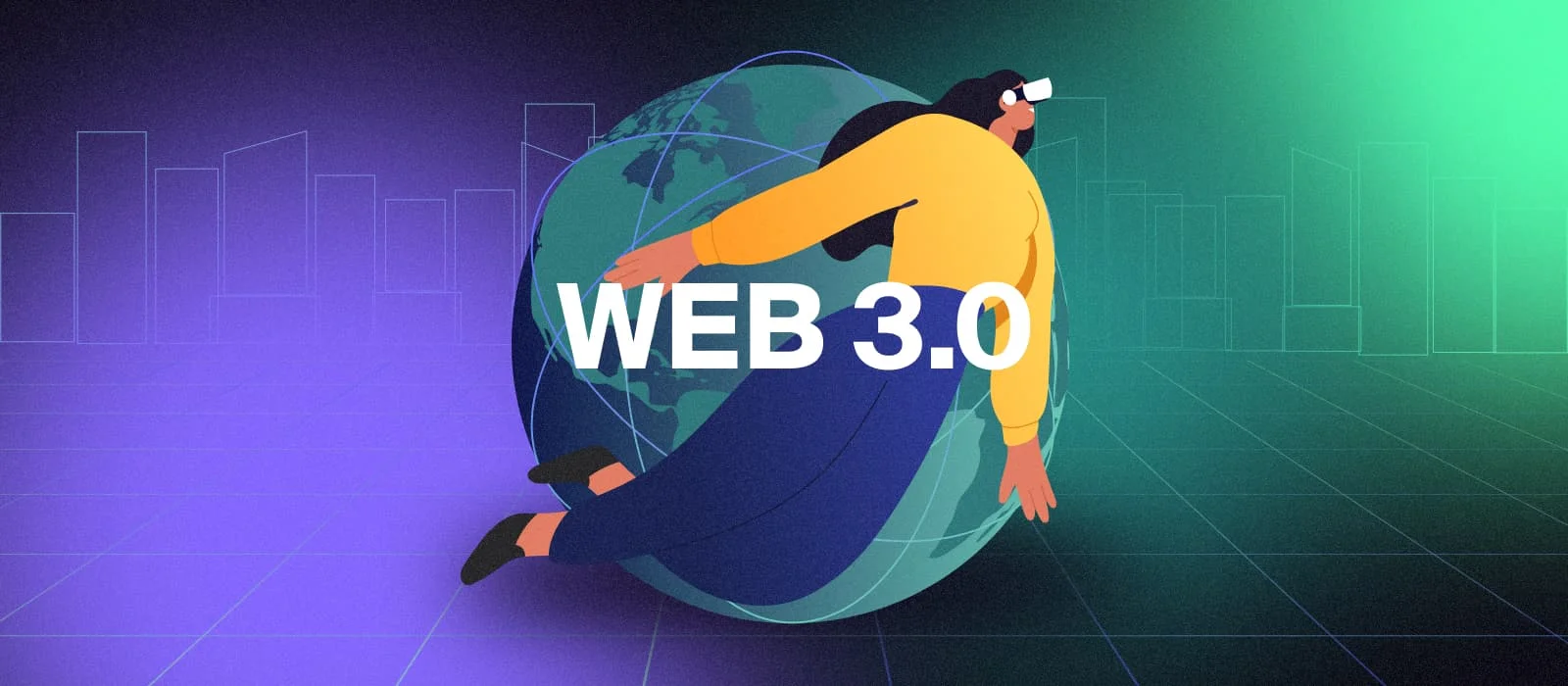Jun 23, 2022

The impact of Web 3.0 technologies on Tourism Information Systems
The web is currently amid a shift from Web 2.0 to Web 3.0. This transition is driven by several factors, including the rise of mobile devices, the growth of social media, and the proliferation of data. While the full implications of this shift are still being debated, one area likely to be affected is Tourism Information Systems (TIS).
TIS is generally defined as any system that provides information about tourism destinations or activities. Tourists can use this information to plan their trips and businesses to market their products and services. Historically, TIS has been based on static data sources such as printed guidebooks or brochures. However, with the advent of the Internet, TIS has become increasingly dynamic, with real-time information provided by online resources such as travel websites and social media.
Transition to Web 3.0:
The transition to Web 3.0 is likely to have a significant impact on TIS. One of the most important changes will be the move from centralized data sources to decentralized ones. In the past, most TIS were based on information centrally managed by governments or tourism organizations. However, with the rise of the Internet, this model has begun to break down, with tourists increasingly relying on online resources such as TripAdvisor and Yelp for trip planning information. This trend is only likely to continue with the advent of Web 3.0 technologies such as the Semantic Web and linked data.
Another major change will be the increasing use of user-generated content. In the past, TIS was largely based on information created by experts. However, with the rise of social media, tourists can now share their experiences and opinions online. This trend will likely continue as Web 3.0 technologies make it easier for users to create and share content.
Finally, the transition to Web 3.0 will likely lead to a more personalized experience for users. In the past, TIS was typically designed for a mass audience, with little or no customization options. However, with the growth of data and the rise of personalization technologies, it will become increasingly easy for TIS to tailor its content to individual users. This could lead to a more individualized and intimate experience for users, which could ultimately increase the popularity of tourism.
How can TIS benefit from the introduction of Web 3.0 technologies?
There are several ways that TIS can benefit from the introduction of Web 3.0 technologies. One is by using these technologies to decentralize their data sources. This will allow TIS to tap into a wider range of information, including user-generated content from social media. Additionally, using linked data and the Semantic Web will make it easier for TIS to connect with other data sources, such as travel booking websites. This will provide users with a more comprehensive and up-to-date experience.
Another way that TIS can benefit from Web 3.0 is by using these technologies to personalize its content. By collecting data about individual users, TIS can tailor its content to each person's needs and interests. This could lead to a more intimate and engaging experience for users, which could ultimately increase the popularity of tourism.
Finally, using Web 3.0 technologies can also help TIS become more efficient and effective in its operations. For example, cloud computing can allow TIS to share resources and information more easily. Additionally, data analytics can help TIS better understand its users' needs and better allocate its resources.
How can businesses ensure they are making the most of new technologies regarding tourism information systems?
There are a few things businesses should keep in mind when making the most of new technologies for tourism information systems. First, they should make sure to decentralize their data sources. This will allow them to tap into a wider range of information, including user-generated content from social media. Additionally, businesses should use linked data and the Semantic Web to connect with other data sources, such as travel booking websites. This will provide users with a more comprehensive and up-to-date experience.
Another way businesses can ensure they are making the most of new technologies is by using them to personalize their content. Companies can tailor their content to each person's needs and interests by collecting data about individual users. This could lead to a more intimate and engaging experience for users, which could ultimately increase the popularity of tourism.
Finally, businesses should use new technologies to become more efficient and effective in operations. For example, companies can use cloud computing to share resources and information more easily. Additionally, companies can use data analytics to understand their users' needs better and make better decisions about hoallocatingheir their resources.
Conclusion:
In conclusion, Web 3.0 technologies hold a lot of potential for the tourism industry. By decentralizing data sources and personalizing content, businesses can provide users with a more comprehensive and engaging experience. These technologies can also help companies to become more efficient and effective in their operations. Thus, companies must consider these technologies when planning their tourism information systems. Cyberium can help by providing a blockchain-based solution that can decentralize data and make connecting with different data sources easier. Cyberium can also help businesses to personalize their content and make more efficient use of their resources. Contact Cyberium today to learn more about how we can help you make the most of new technologies for your business.
Best
Discover the best practices of building best product experience from millions of ready-made product graphs or build one yourself.

Intelligent
In-depth intelligence of products in the form of product stories help in achieving quality, automation and efficiency in new and existing product implementations.

Augmented
Improve and augment end to end product selection, development, integration, and operation with detailed information and AI copilots.


